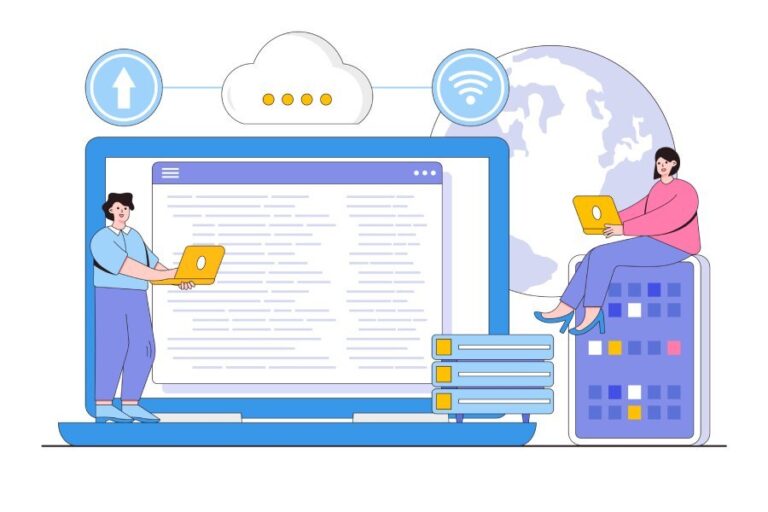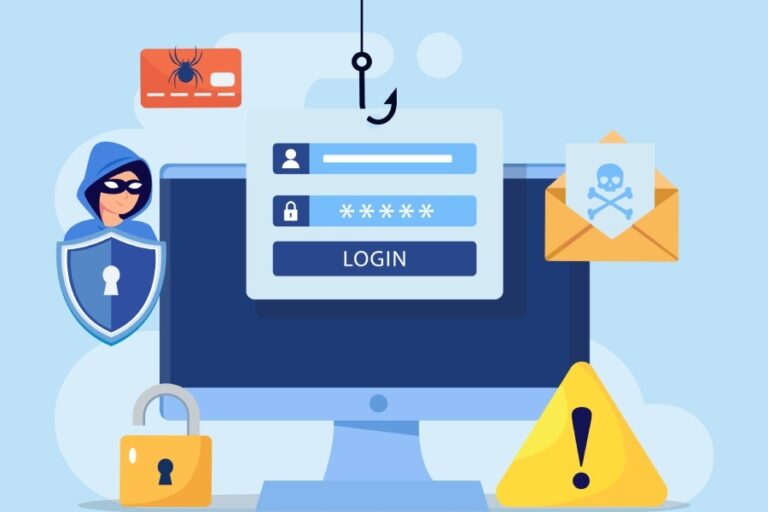Flushing DNS Cache: A Step-By-Step Guide to Troubleshoot Your Connection
In the digital age, a stable internet connection is like oxygen for our devices—essential and often taken for granted. Yet, we’ve all experienced those annoying moments when web pages refuse to load or seem stuck in limbo. If you’ve found yourself shaking your head at the screen, wondering what went wrong, there’s a simple trick…










